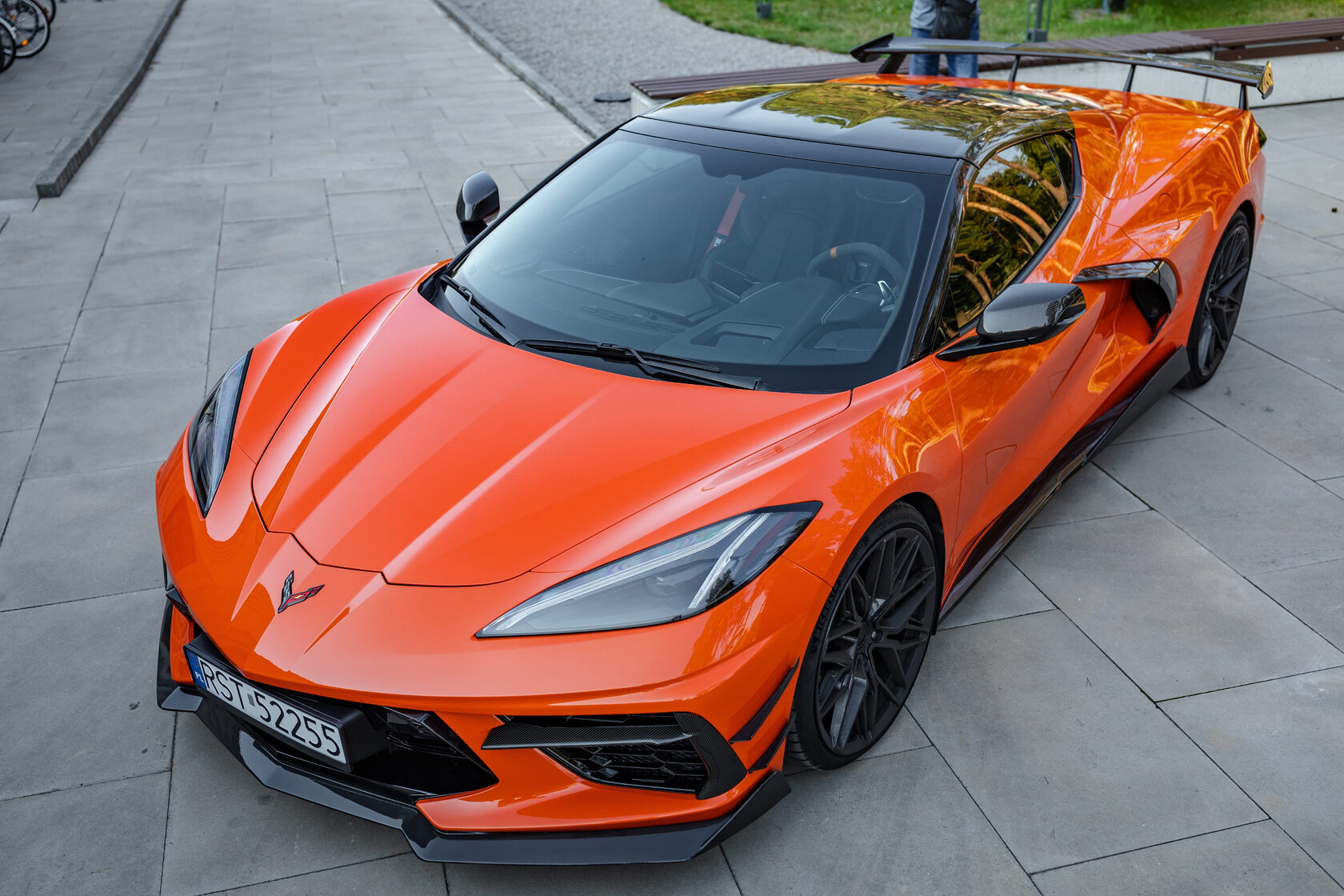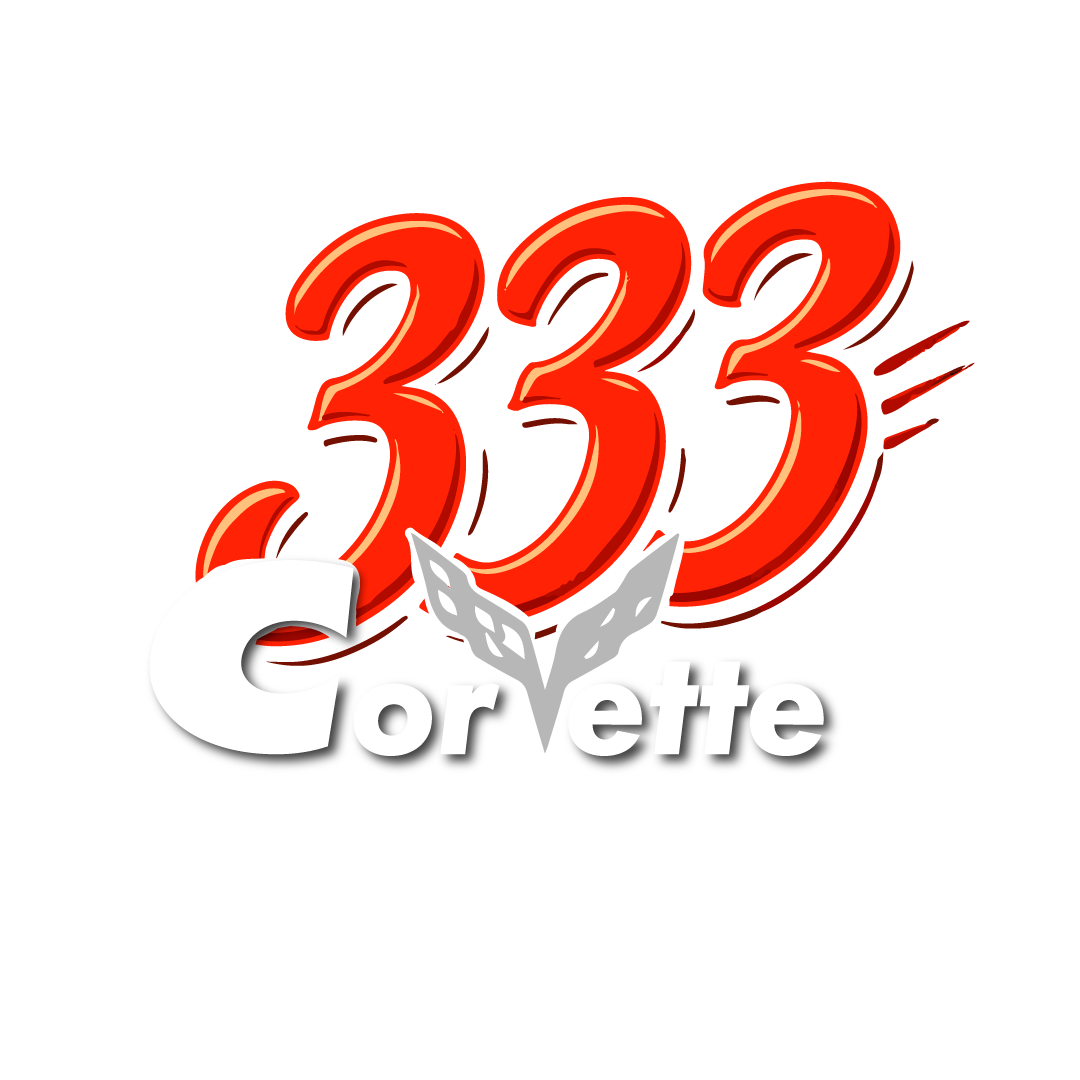Few cars in history have managed to become more than just machines—they’ve become symbols. The Chevrolet Corvette, particularly in its Stingray variants, has transcended automotive circles to become an enduring part of American and global culture. From its origins as a sports car in the 1950s to its starring roles in television, music, and film, the Corvette has carved out a presence far beyond the roads it travels.
The American Dream on Four Wheels
When the first Corvette rolled out in 1953, it was more than a car—it was a statement. A sleek, fiberglass-bodied roadster built to compete with European sports cars, the Corvette quickly became a representation of American innovation and freedom. As the U.S. economy boomed and the interstate highway system expanded, owning a Corvette was akin to owning a piece of the American Dream. It represented performance, youth, and aspiration.
The Corvette’s cultural prominence really began to solidify in the 1960s, an era that birthed many icons. The introduction of the second-generation C2 in 1963, with the Sting Ray moniker and a distinctive split rear window, cemented the Corvette’s place as a symbol of design and speed. It wasn’t just a car—it was the car, appearing in posters, TV shows, and driveways across suburban America.
Route 66 and the Corvette’s First TV Stardom
Perhaps no piece of media did more to embed the Corvette into the collective American imagination than the TV show Route 66. Airing from 1960 to 1964, the show followed two young men who roamed the country in a Chevrolet Corvette, encountering stories and struggles in small towns and big cities alike. Each season featured a different Corvette model, starting with the C1 and moving into the C2 era.
The American Dream on Four Wheels
When the first Corvette rolled out in 1953, it was more than a car—it was a statement. A sleek, fiberglass-bodied roadster built to compete with European sports cars, the Corvette quickly became a representation of American innovation and freedom. As the U.S. economy boomed and the interstate highway system expanded, owning a Corvette was akin to owning a piece of the American Dream. It represented performance, youth, and aspiration.
The Corvette’s cultural prominence really began to solidify in the 1960s, an era that birthed many icons. The introduction of the second-generation C2 in 1963, with the Sting Ray moniker and a distinctive split rear window, cemented the Corvette’s place as a symbol of design and speed. It wasn’t just a car—it was the car, appearing in posters, TV shows, and driveways across suburban America.
Route 66 and the Corvette’s First TV Stardom
Perhaps no piece of media did more to embed the Corvette into the collective American imagination than the TV show Route 66. Airing from 1960 to 1964, the show followed two young men who roamed the country in a Chevrolet Corvette, encountering stories and struggles in small towns and big cities alike. Each season featured a different Corvette model, starting with the C1 and moving into the C2 era.

What made Route 66 impactful wasn’t just its episodic storytelling—it was the way the Corvette was portrayed as a vessel of exploration and personal freedom. The open road, the changing scenery, and the consistent presence of the Corvette spoke to a nation yearning for self-discovery and movement. For many viewers, the Corvette wasn’t just a background prop—it was a character in its own right.
Corvette in Music and Fashion
The Corvette’s influence expanded beyond TV into music and pop fashion. Prince famously crooned, “Little Red Corvette,” a sultry ode to speed and temptation. The Beach Boys, Jan and Dean, and other 60s and 70s rockers name-dropped the Vette in songs that celebrated American muscle and the freedom of youth.
In fashion, the Corvette logo and name became popular among fans of Americana. Jackets, hats, and vintage racing tees featured the crossed flags, and Corvette-branded gear became part of the visual language of cool rebellion, especially in car clubs and hot rod scenes.
Hollywood's Favorite Sports Car: The Transformer Era
Fast-forward to the 21st century, and the Corvette remained in the cultural spotlight—this time with the help of Hollywood blockbusters. The Transformers film series, beginning in 2007, reimagined the Corvette as a sleek, alien-powered supercar named Sideswipe. First introduced in Transformers: Revenge of the Fallen (2009), the silver Stingray concept car caught the attention of a new generation of fans.
Corvette in Music and Fashion
The Corvette’s influence expanded beyond TV into music and pop fashion. Prince famously crooned, “Little Red Corvette,” a sultry ode to speed and temptation. The Beach Boys, Jan and Dean, and other 60s and 70s rockers name-dropped the Vette in songs that celebrated American muscle and the freedom of youth.
In fashion, the Corvette logo and name became popular among fans of Americana. Jackets, hats, and vintage racing tees featured the crossed flags, and Corvette-branded gear became part of the visual language of cool rebellion, especially in car clubs and hot rod scenes.
Hollywood's Favorite Sports Car: The Transformer Era
Fast-forward to the 21st century, and the Corvette remained in the cultural spotlight—this time with the help of Hollywood blockbusters. The Transformers film series, beginning in 2007, reimagined the Corvette as a sleek, alien-powered supercar named Sideswipe. First introduced in Transformers: Revenge of the Fallen (2009), the silver Stingray concept car caught the attention of a new generation of fans.

Unlike the earlier cultural appearances, where the Corvette represented freedom and Americana, the Transformers version portrayed the Vette as a futuristic warrior—agile, sharp, and menacing. The reimagined Stingray was sleek and forward-thinking, which aligned perfectly with Chevrolet’s desire to modernize the brand while paying homage to its roots.
The Corvette in Video Games and Digital Culture
Beyond film and music, the Corvette has become a staple of digital culture. It has been featured in nearly every major racing video game, from Gran Turismo and Forza Motorsport to Need for Speed and Midnight Club. For gamers, the Corvette often represents a high-tier performance vehicle, one of the first cars you can “unlock” that feels truly fast and visceral.
The Corvette in Video Games and Digital Culture
Beyond film and music, the Corvette has become a staple of digital culture. It has been featured in nearly every major racing video game, from Gran Turismo and Forza Motorsport to Need for Speed and Midnight Club. For gamers, the Corvette often represents a high-tier performance vehicle, one of the first cars you can “unlock” that feels truly fast and visceral.

Online car communities and YouTube channels further boost its mythos, where enthusiasts debate the merits of each generation, discuss mods, and showcase builds. Influencers and collectors alike film restorations, track days, and daily drives—all helping the Corvette remain a cultural mainstay in the era of content creation.
A Legacy that Evolves with Culture
What makes the Corvette’s cultural journey unique is its adaptability. It has been a road warrior, a poster car, a movie star, and a virtual icon. From gritty Americana to futuristic fantasy, the Corvette changes with the times while still holding onto its essence: performance, beauty, and attitude.
As the Corvette enters its eighth generation with the mid-engine C8, it stands at the crossroads of heritage and innovation. And once again, it finds itself not just in the showroom or on the road—but in the spotlight of cultural relevance.
A Legacy that Evolves with Culture
What makes the Corvette’s cultural journey unique is its adaptability. It has been a road warrior, a poster car, a movie star, and a virtual icon. From gritty Americana to futuristic fantasy, the Corvette changes with the times while still holding onto its essence: performance, beauty, and attitude.
As the Corvette enters its eighth generation with the mid-engine C8, it stands at the crossroads of heritage and innovation. And once again, it finds itself not just in the showroom or on the road—but in the spotlight of cultural relevance.





